Measuring the social impact of the Aboriginal-led Bunuru Festival

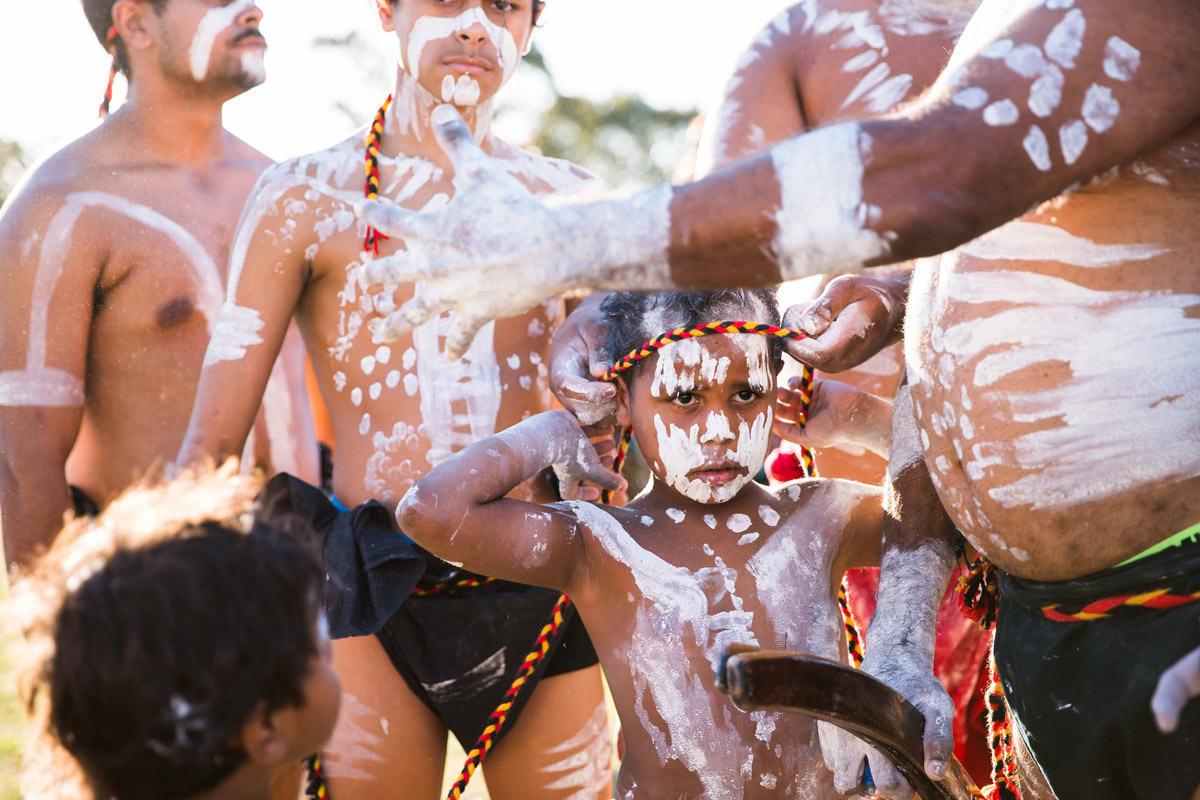
CSI UWA's evaluation team has partnered with our colleagues at Danjoo Koorliny , to undertake an evaluation of the impact of the social movement.
Drawing on a range of evaluation methodologies, the team has created a bespoke evaluation framework to capture the strengths and outcomes of the Danjoo Koorliny movement. As part of the project, evaluations are underway for the activities of the Bunuru Festival 2024 , which includes the Djinda Mereny Dinner Under the Stars, the Meeka Moorart Full Moon Ceremony, and of course the Bunuru Social Impact Summit.
These events play a vital role in raising awareness, building community, and inspiring action for positive social change. They also serve as catalysts for building solidarity and collective empowerment, ultimately contributing to the creation of a more equitable and sustainable world.
Measuring impact of such large-scale events is vital to ensuring their effectiveness, driving improvement, and demonstrating value. It is an essential practice for organisations committed to making a difference.

The origins of Danjoo Koorliny
In 2019, four Aboriginal Elders of the Noongar community were invited by CSI UWA to design and lead one day of CSI UWA’s Social Impact Festival. In consulting further with Dr Noel Nannup OAM, Dr Richard Walley OAM, Professor Emeritus Colleen Hayward AM and Carol Innes, they decided as Aboriginal leaders, that it would be important to lead not just one day of the festival, but the whole festival.
“If we are talking social impact…Aboriginal people have had a blueprint for environmental, cultural and social harmony for over 60,000 years – Noongar country is a hub of environmental, cultural and social harmony – and this is something that can help not just Aboriginal people, but everyone,” said Dr Richard Walley.
Today Danjoo Koorliny Walking Together is a large-scale, long-term, systems-change movement designed and led by Aboriginal leaders to help us all walk together towards 2029 (200 years of colonisation in Perth), and beyond.
“Our vision is to care for everything,” said Dr Noel Nannup OAM.
Danjoo Koorliny is much more than a festival. It involves ongoing activities that promote Aboriginal ways of knowing, embedding Aboriginal innovations, knowledges, and approaches where they have impact, within government departments, not-for-profit organisations, and communities. The Social Impact Festival component has also expanded since 2019, and in 2024, it included four separate events:
- The Festival Launch at Government House
- The Bunuru Social Impact Summit
- Djinda Mereny (Dinner under the stars)
- Meeka Moorart (Full Moon ceremony)
Each of these events is distinct and engages various audience segments; from the family-friendly and free Meeka Moorart, to the much fancier fine dining of the Gala Dinner, Djinda Mereny.
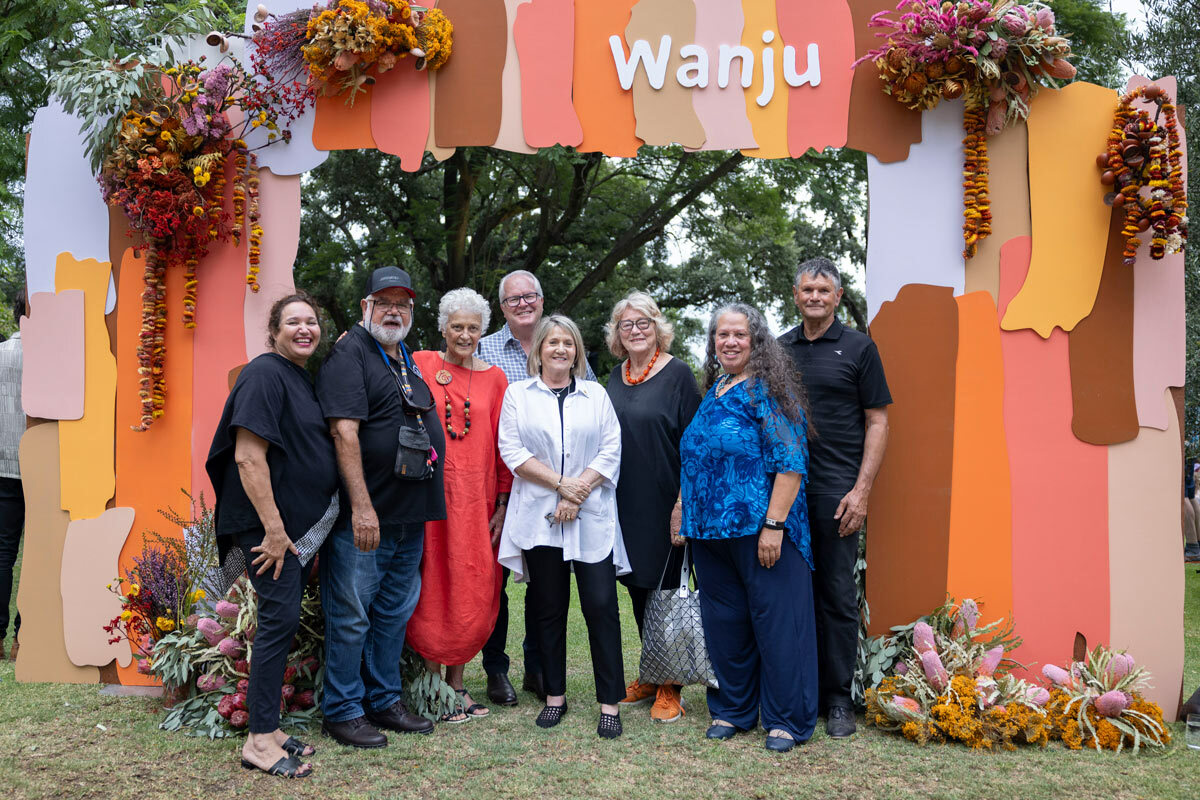
Exploring the Bunuru Social Impact Summit
A time for healing
The Social Impact Summit 2024, held in the Noongar season of Bunuru, was a chance for Aboriginal and non-Aboriginal people across WA to come together, reflect, and celebrate Aboriginal culture.
The themes of the 2024 Summit were resilience, survival, and strength.
These themes were especially pertinent this year given the hurt and loss experienced by Aboriginal communities and their allies, after the Voice Referendum last year.
The opportunity to gather as a positive and supportive community for First Nations people was especially meaningful this year:
“Seeing and listening to the honesty and hurt of the opening speakers and Directors had impact. I was left feeling confused and helpless, but at least there were lots of people there learning about the loss and impact of the 'No' outcome from the Referendum. The summit left me wanting to be more proactive and accountable.” (Summit participant)
Danjoo Koorliny Elders have spoken about the importance of healing at this time, and the speakers at the Summit approached collective and personal experiences of grief with grace, sensitivity, and hope.
The powerful stories of the speakers combined with the dedication and care of the event curators meant that the full range of human experience and emotions was present and shifting throughout the day, from profound sadness to laughter and light-heartedness.
The venue was especially nurturing too. Being among the trees at Kings Park, with the beauty of flowers, birds calling, nourishing snacks, and a sense of abundance and inclusion was powerful, and perhaps helped to keep hearts and minds open to listening to some very difficult stories, while also being attentive to the courage and strength behind them.
“Listening to the Elders’ stories of survival and resilience, which were so beautifully balanced by the sense of community, good humour and positive aspirations for the future. As a Wadjela it is hard to put into words how much respect I have for the Noongar spirit. I wish everyone could share in this experience.” (Summit participant)

Celebrating the Resilience, Survival, and Strength of Aboriginal people through Culture
With a diverse series of engaging speaker sessions, cultural workshops and experiences, panel discussions, and keynote presentations, the festival offered a unique immersive opportunity to explore how Aboriginal culture has, since colonisation, gone from surviving and reviving to thriving.
“Celebrating the survival, resilience and strength of our First Nations people. It hurts deeply to hear about the many layers of suffering brought about by colonisation. This truth telling is vital in our journey of healing and respect heading towards a nation-wide acknowledgement that sovereignty was never ceded…” (Summit participant)
As an Aboriginal-led festival, one of the most critical elements for creating impact was putting front and centre the Elders; those Aboriginal leaders who are so deeply respected by their communities and who have the cultural authority to set the tone and vision for moving forward. The chance to see and hear from Elders directly was especially important to Aboriginal people who attended.
“Having the opportunity to listen to Elders made a huge impact on me. I have lost both of my parents… [in their 50s], so having an opportunity to listen to Elders was inspiring and gave me a fire in my belly to continue on in the work I am doing. Professionally and personally, it impacted me immensely.” (Summit participant)
Having Aboriginal music, dance, and art visible and embedded throughout the day in the programming and venue also helped to solidify the impact.

Taking a unique impact measurement approach
Led by Lisette Kaleveld and Zoe Callis , the Centre for Social Impact evaluation team established early that evaluating impact for the Danjoo Koorliny social movement was going to look different to typical impact measurement activities for interventions.
The first step was to consult with the Elders and Danjoo Koorliny team and review the literature to find an appropriate framing for the vision of what could be achieved.
Developing the foundations of the evaluation
There are very few evaluations of social and cultural festivals quite like this one. Typically, festival evaluations look at impact in terms of the economic and cultural activation that enhances tourism through the increased visitor numbers from festival goers.
Danjoo Koorliny is different. The ' Indigenous methodology ’ concept, utilised in arts practice, was more relevant as a conceptual framing. Indigenous methodologies aim to resist and reframe colonial narratives.
Rather than look straight to ‘impacts’, the idea is to also understand the need for initiatives.
What are these activities responding to? Why is it important? What is the context in which this event takes place?
Colonisation sought to eradicate, annihilate, and assimilate Aboriginal cultures and identities, causing harms and injustices. Therefore, initiatives that strongly counter social marginalisation are needed for healing and regeneration.
Festival events like the Bunuru Social Impact Summit are affirming and significant in making visible, giving voice, and strengthening connection.
In the context of communities impacted by colonisation, opportunities created by the Summit to ‘tell our whole story’, and define and share Indigenous truth and reality, are important outcomes in and of themselves.

The evaluation team also considered existing Aboriginal-led frameworks for evaluation, to ensure any evaluation approach would not overlook what is more likely to be meaningful for First Nations communities.
For example, the team looked to the Ngaa-bi-nya Aboriginal and Torres Strait Islander program evaluation framework which was developed through Aboriginal-led evaluation of health and social programs for Aboriginal people.
Having discussions with the Danjoo Koorliny team and one of the Elders and co-directors, was critical in ensuring the evaluation foundations ‘felt right’. What the team were told in consultations was consistent with the literature; relationships are key and the impacts of a social movement like this cannot be pre-determined.
The Danjoo Koorliny movement is dynamic, and everyone is coming in with different stories and experiences, so the impact will be vastly different for different people. The important guiding principles, suggested by the Danjoo Koorliny team, were to ground the activities in context, in theory that is meaningful to Aboriginal people, and in an understanding of the need for change.

Self-reflection and cultural humility
With these strong foundations, the evaluation team approached measurement with openness, curiosity, and cultural humility. Cultural humility is a familiar word that sits alongside cultural awareness, but in fact it is much harder than just having knowledge of another culture, and is a highly active process.
“Cultural humility involves an ongoing process of self-reflection and discovery in order to build honest and trustworthy relationships while respecting others, their background, worldview, and experience” (Yeager & Bauer, 2013).
As Napoli (2019) suggests, this means to pay attention to what arrives for us when we meet with people and communities who may have different worldviews and cultures.
Having long been familiar with the Australian Evaluation Society’s guidelines and First Nation’s Cultural Safety Framework , the evaluation team understood that the circumstances demanded acting on these principles.
According to the framework: “Critical self-reflection is also known as reflexivity or decolonisation. It refers to reflecting on the values and assumptions you hold about yourself, other people, and the contexts in which you work and live . It requires an understanding of the social, cultural and political landscapes in which you operate.”
This is an important capacity for all evaluators, and one that may take a few goes. The evaluation team spent time questioning one another and uncovering assumptions.
From here, the team developed a mixed-methods approach to evaluate the Bunuru Social Impact Summit (the Summit), utilising participant observation and a participant survey for attendees.
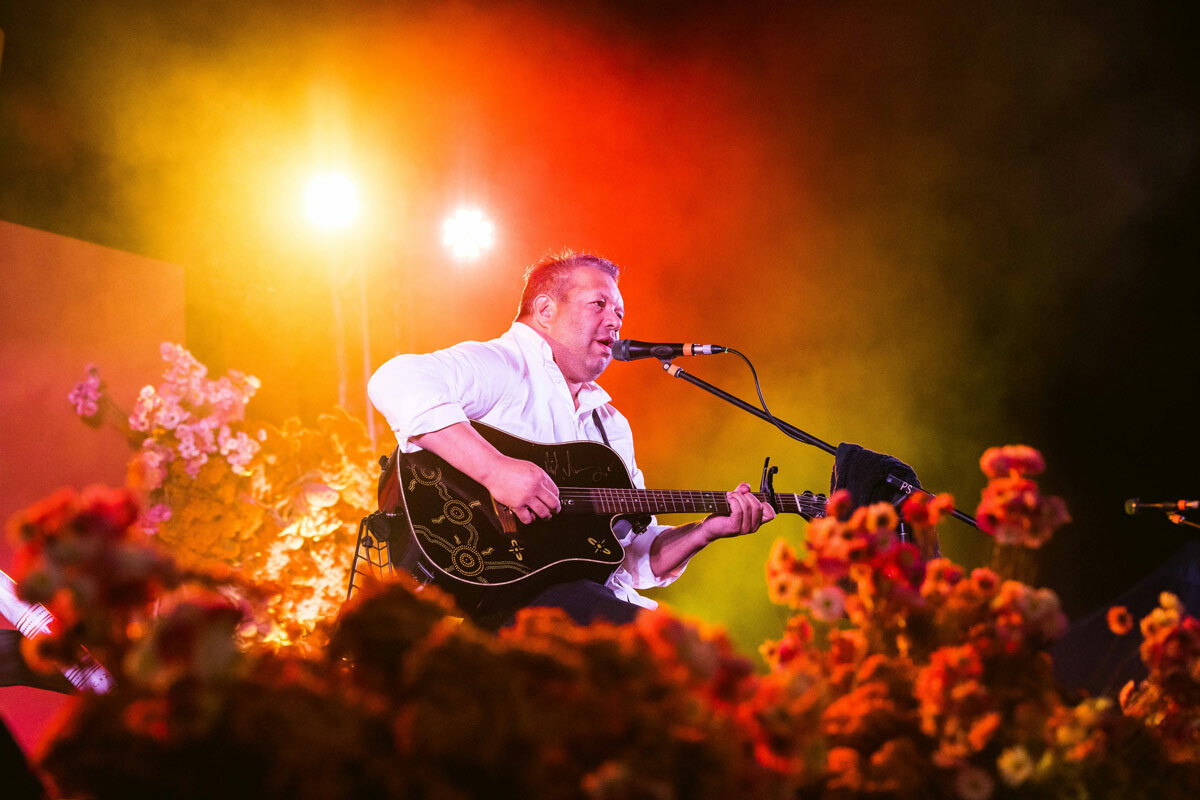
1. Participant observation at the Bunuru Summit
Participant observation, although not typically used in contemporary impact measurement, was seen as a ‘perfect fit’ measurement tool for the Bunuru Festival. It allowed for openness and self-reflection and was not an intrusive method that got in the way of the festival experience for others.
Members of the evaluation team were asked to experience the Summit (and take notes at opportune moments). For the most part they were absorbed by music and dance, listening, weaving, and chatting in yarning circles; experiencing the summit as participants.
Their reflections of the event draw from their own experiences, snippets of what others have said, reflections on discussions or what was observed, and on their sense of the larger themes – resilience, survival, and strength through culture.
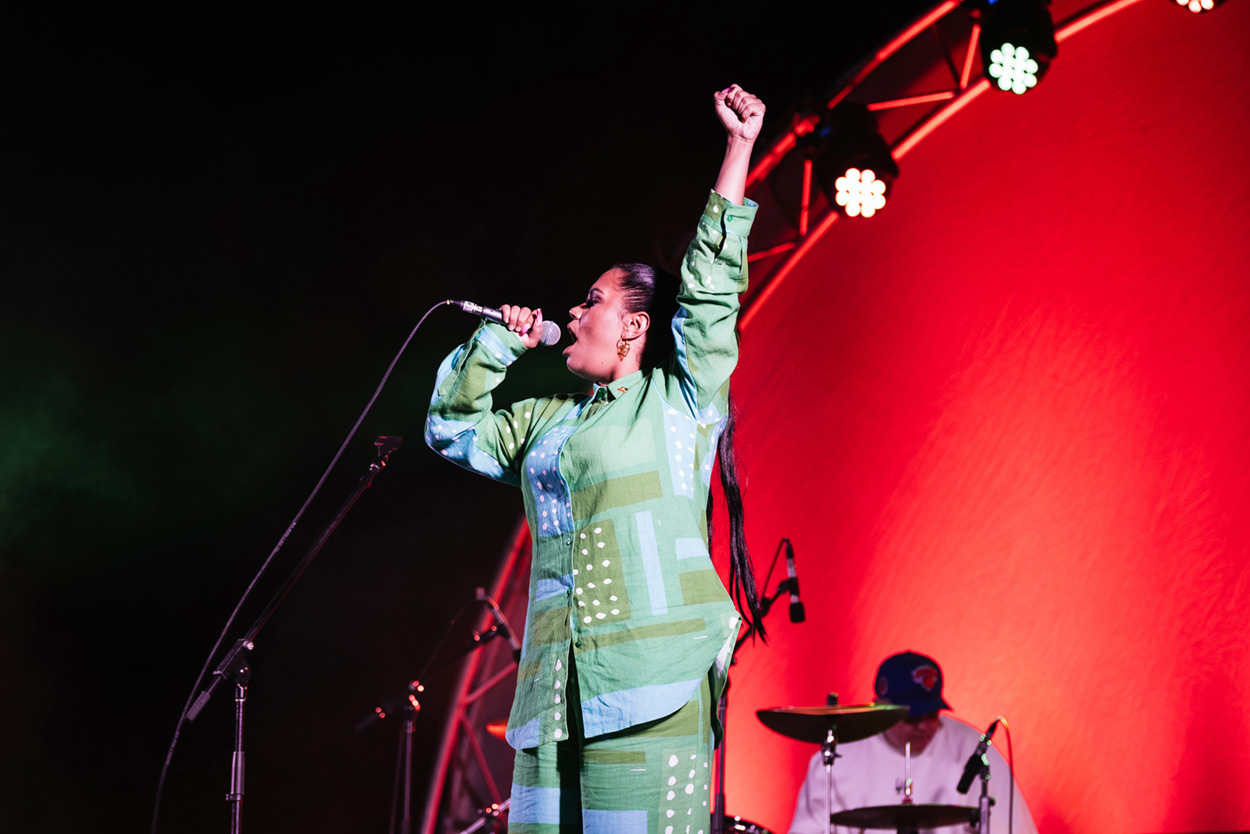
One non-Indigenous evaluation team member reflected on her time in the weaving circle and the conversation she had with an Aboriginal man while they were both busy weaving.
“Our hands are doing the weaving and we're not even looking at each other. But it’s our subconscious that's talking and we're connecting through our subconscious.” (Summit participant)
The CSI UWA researcher reflected on how that connection was quite meditative. In weaving together, they were all part of a work that is going to be bigger, “so it wasn't that we were precious about the finished product. It was just a little piece of something bigger, very metaphorical.” They talked about how he felt embraced by the Summit, and he loved the connection with people, the opportunity to connect with those from his land.
“And it's interesting because this wonderful conversation I had with him, he told me it couldn’t have happened at the office, in a suit or a formal building. We were sitting surrounded by nature, under the trees with the kookaburras laughing, and in the breeze, sitting in shorts.” (CSI evaluation team member)
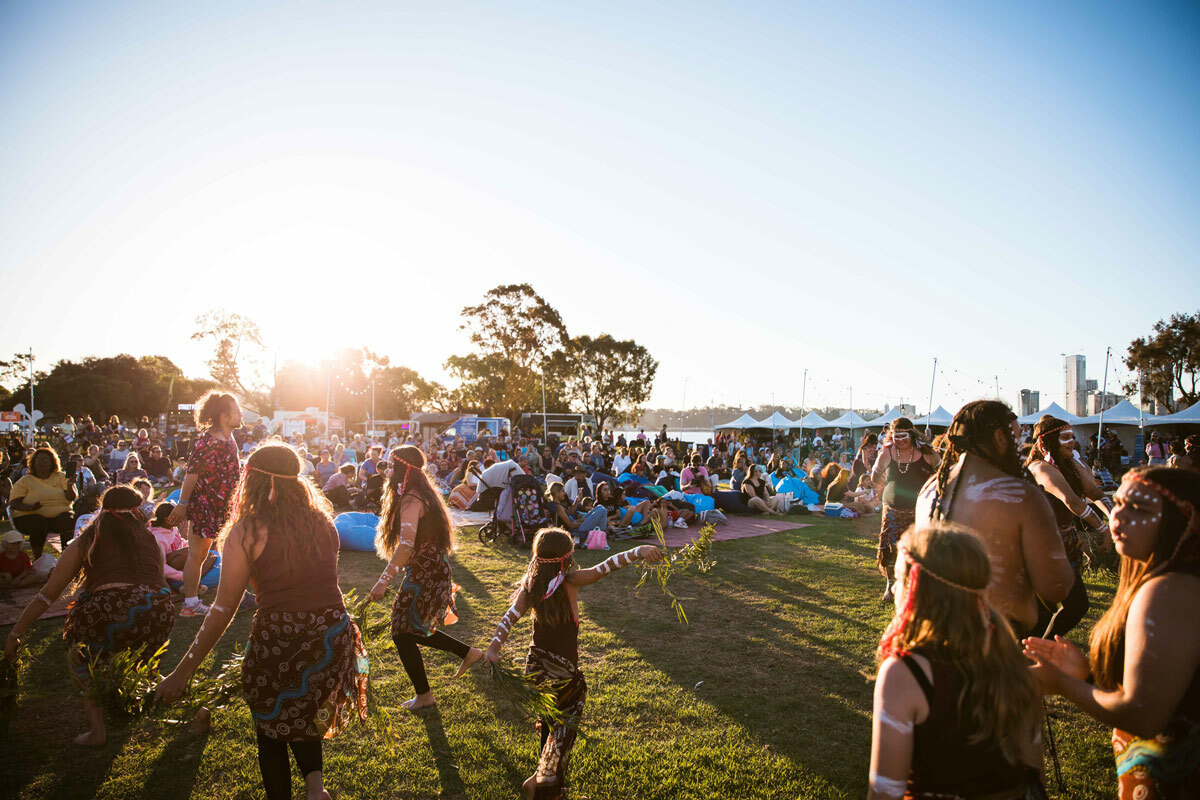
2. Survey Feedback from Bunuru Summit attendees
Consideration for both depth and breadth was important (as with any other evaluation). With over 800 registrations for the Summit, the evaluation team needed a method to capture the diverse views of as many participants as possible.
A short survey was designed in which participants could express their impressions and understandings, as well as emotions they felt at the Summit. In addition to multiple-choice questions, respondents were always provided with opportunities to explain their answers further.
This approach captured a range of incredibly valuable reflections from both Aboriginal summit attendees and allies.
“The most important part of the summit was listening deeply to all the speakers, the reminders of how to remain connected to Country, culture, family and community. The slowness of the day, just being at one with the moment.” (Summit participant)
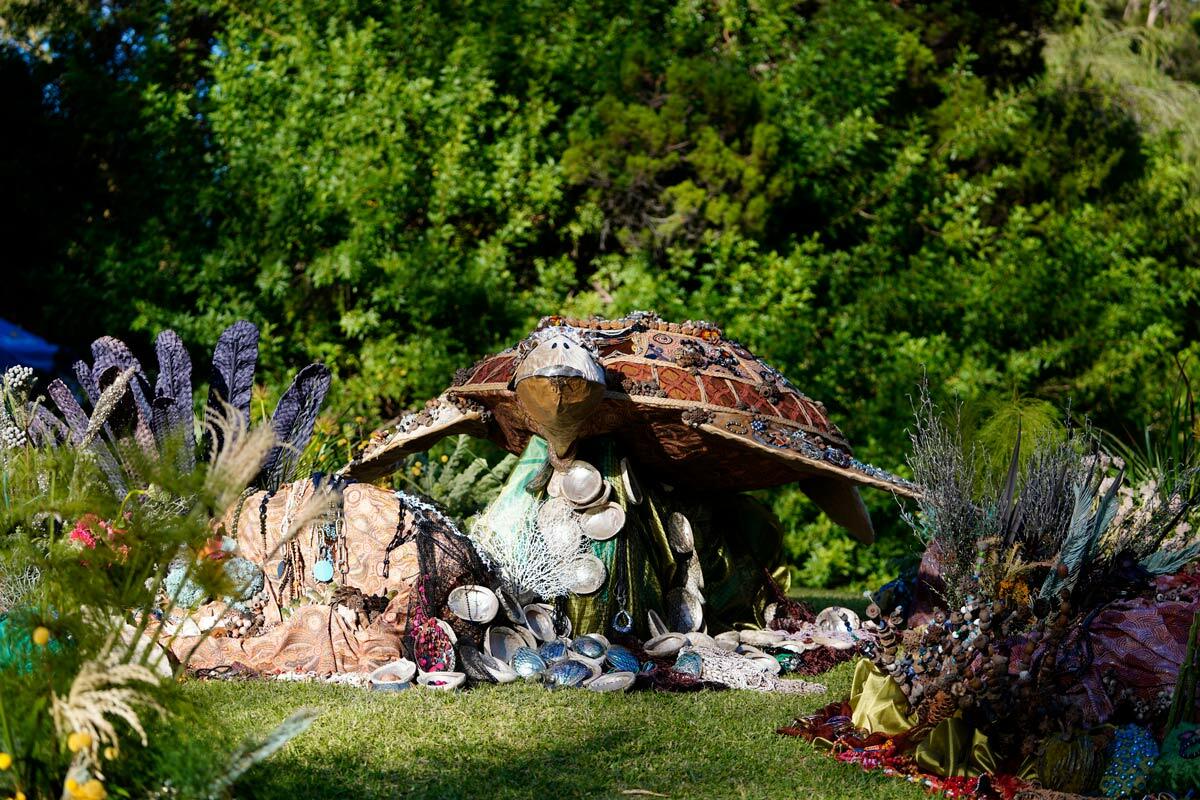
Evaluating events beyond attendance and economic metrics
The reflections captured at the Danjoo Koorliny Bunuru Summit highlight the importance of evaluating the impact of festivals beyond attendance and economic metrics.
In evaluating the Bununu Summit, attention was given to the unique personal impacts participants experienced through, in the words of one summit participant, ‘just being there together’.
The CSI UWA evaluation approach emphasised the value of theory-based evaluation approaches, as well as the need to create bespoke evaluation frameworks to capture meaningful outcomes.
Evaluating the Bunuru Summit has been a valuable experience for the evaluation team, not only as an opportunity to work more closely with our colleagues on the Danjoo Koorliny team, and understand their work, but also to stretch ourselves in terms of uncovering alternative evaluation frameworks, approaches and methodologies.

Indicative findings from the Summit evaluation show that the event had significant personal impacts for those attending. The experience of evaluating the Summit had as much an impact on the CSI evaluation team. It deepened their capacities for critical self-reflection and cultural humility, and strengthened their ability to recognise and unpack the assumptions embedded in evaluation work.
Importantly, the Bunuru Summit is just one activity within the Bunuru Festival 2024, which is a component of the Danjoo Koorliny social movement.
The broader Danjoo Koorliny evaluation is underway and outcomes reports will be finalised and made available later in the year.

